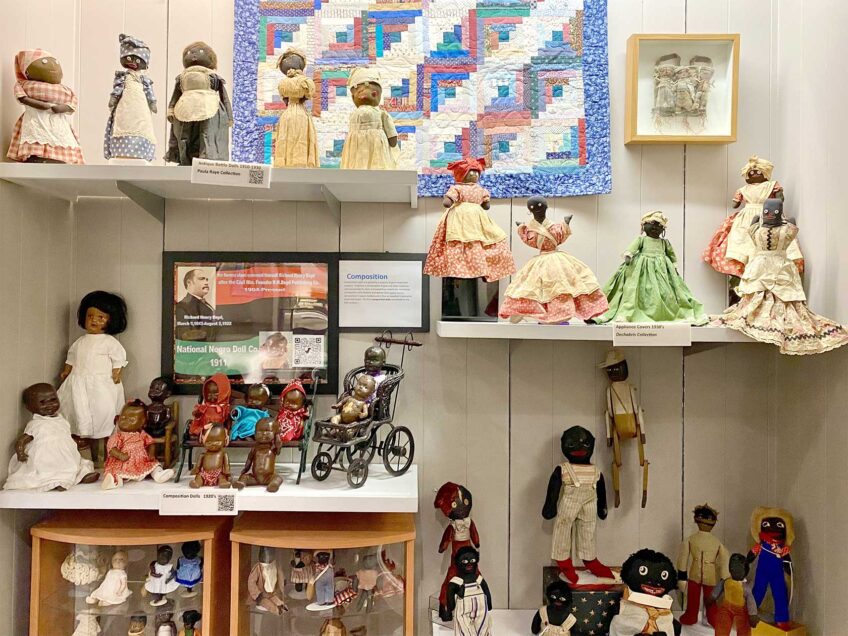New York-based photographer Linda Nieves-Powell grew tired of being wedged into Puerto Rican stereotypes during her childhood in white, suburban New Jersey. Years later, she turned her frustration into images. Inspired by a 1954 Life magazine cover photo of Rita Moreno, Nieves-Powell began recreating iconic images of Afro-Latina trailblazers, and debuted the series in honor of 2017 Black History Month.
Author: Photo: Courtesy Linda Nieves-PowellPhotographer Linda Nieves-Powell uses models to portray Latina musicians, such as this one characterizing singer La India.
“One of the things I’ve always done in my work is highlight the Latina American community, and the diversity in it,” says Nieves-Powell. For the artist, diversity doesn’t just mean race, but spirit, strength and personality. As she began the series, she found that the musicians she’d selected had a more shared sense of style and attitude than the actresses. She began to focus on talents like bassist Esperanza Spalding, singer-songwriter Irene Cara and contemporary musician Amara Le Negra.
“What I love about Amara is that she embraces her black roots unapologetically,” says Nieves-Powell. Indeed, the photo of Inés de la Cruz as La Negra is one of the most striking of the series. Cropped from the waist up, she has one hand in her afro, the other holding a scarf against her printed top. She looks directly to the viewer with a cocked head and a fierce but disinterested stare. She’s at once a warrior and not in the mood for foolish pigeonholing.
In the studio, both the photographer and model channel the life of the artist they’re depicting. When Desi Sanchez came in to depict Lisa “Left Eye” Lopes, she had done research. She’d read up on Lopes, she’d dug through her own wardrobe and found similar pieces, and she’d studied the movements and mannerisms of the TLC singer. Nieves-Powell encourages her models to think about what was going on in the musician’s life and react to what she may have been feeling.
Author: Photo: Courtesy Linda Nieves-PowellModel portraying singer La Lupe.
Although the project initially was inspired by famous images of icons, Nieves-Powell doesn’t see it as a re-creation project. In fact, she wants to expand it in a very different direction. “I want to play with the meaning of ‘iconic,’” she says. The photographer wants to portray Afro-Latina single mothers dressed as lavish, regal queens. Though they may not be famous, these figures have incredible fortitude to raise children alone in a world so skeptical of their worth.
For Nieves-Powell, the project is a matter of representation. While she was being teased in school all those years ago, the photographer wasn’t seeing many Afro-Latina icons on television or in the media. This made her think she should aim to be lighter, that she should distance herself from her heritage as much as possible. Now she wants to highlight the success, talent and heroism of Afro-Latina performers for the next generation. “Because we have a new administration that’s doing their darnedest to make people of the color the enemy, now more than ever we artists need to take control of our projects.”


![Banner [Virtual] Art Gallery](https://baystatebanner.com/wp-content/uploads/2024/04/Cagen-Luse_Men-at-store-e1713991226112-150x150.jpg)

![Banner [Virtual] Art Gallery](https://baystatebanner.com/wp-content/uploads/2024/04/Cagen-Luse_Men-at-store-e1713991226112-848x569.jpg)

